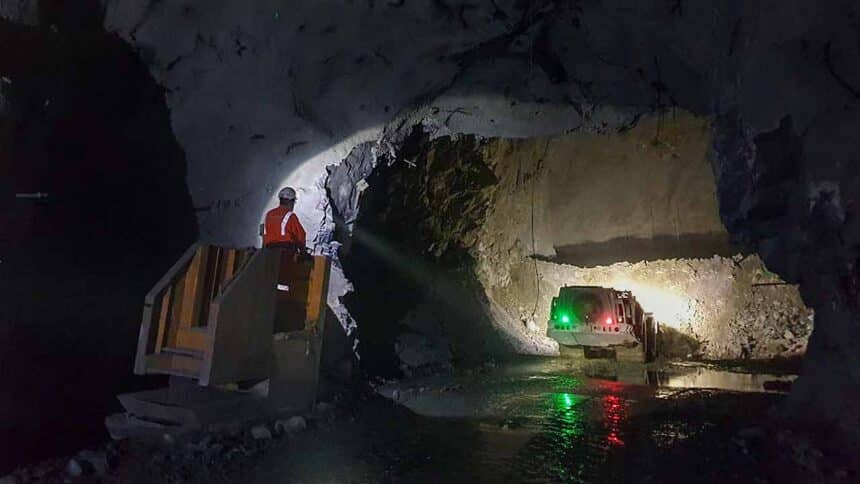Strategy will define areas in Portugal for potential exploration
Portugal’s minister for the environment said today that the national strategy for critical raw materials* will be launched this month, setting the basis for defining exploration areas for materials with potential in the country, such as copper.
“It is a strategy that’s being defined. We are going to have a meeting very soon with the minister for the economy and the minister for cohesion, and based on this strategy, we will define our exploration areas for various raw materials that we have potential for in Portugal – which are many,” minister Maria da Graça Carvalho, told reporters on the sidelines of her participation in the Eurafrican Forum, which is taking place today and Tuesday in Carcavelos, in the municipality of Cascais.
Last week, during a hearing in parliament, the minister referred to this strategy, also alluding to definitions to be applied – such as ‘best technologies in mining’ projects, benefits for local populations and the country as a whole, and criteria for a national reference framework.
Maria da Graça Carvalho stressed today that lithium is one of the raw materials on the table, “but it is not the only one, nor perhaps the most important one.”
“The green transition needs a lot of copper, and we have great potential and a great tradition and we will continue to invest in this area,” she said, adding that, depending on studies that will be carried out, there could be new concessions for copper mines.
As for the international tender for the six lithium exploration areas the previous government wanted to launch, Maria da Graça Carvalho said this, “will depend” on the national strategy.
“We’re going to look at the various resources globally. It is going to be a very quick thing, and from there, there will be conclusions regarding various raw materials,” she said.
*Critical raw materials are “raw materials of high economic importance for the EU, with a high risk of supply disruption due to their concentration of sources and lack of good, affordable substitutes”. When it comes to energy, there is a list known as the ‘electric eighteen’: aluminum, cobalt, copper, dysprosium, electrical steel, fluorine, gallium, iridium, lithium, magnesium, natural graphite, neodymium, nickel, platinum, praseodymium, silicon, silicon carbide and terbium.
Source: Lusa


























